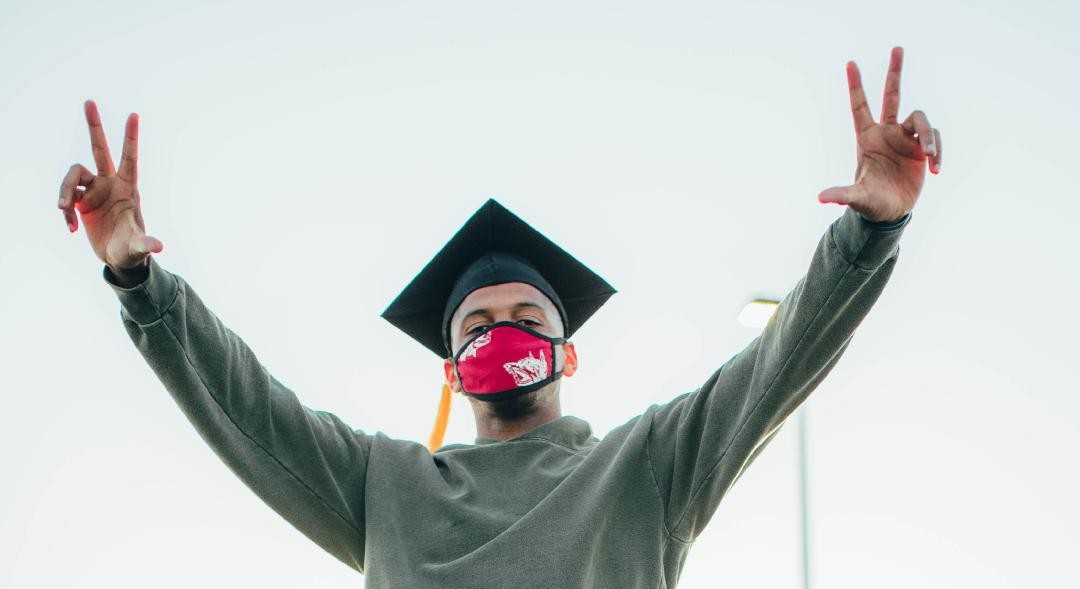- Jon Mark Beilue
- History
- Community
Wanted: Your pandemic story
Panhandle-Plains Historical Museum seeks personal experiences
In the early days of the pandemic, the City of Amarillo issued a “Clean Up and Keep Clean” order. Nine days later, the mayor closed jon-local schools, churches and prohibited gatherings on streets.
Three days after that, the fire department began washing streets and sidewalks, and businesses were to be fumigated daily. Canyon closed its schools at the same time. Masks began to make an appearance.
That was 102 years ago.
It was the worldwide Spanish Influenza Pandemic in 1918, which gripped just about every corner of the globe. There were an estimated 500 million cases worldwide with 20 to 50 million deaths, including 675,000 in the United States. In the Texas Panhandle, there were a little more than 2,000 cases and 75 reported deaths by January 1919.
As could be expected, local information was spotty, limited to some haphazard stories of faded newspaper clippings and an occasional back and white photo or two. Personal stories are virtually nil.
No reason for that one century and two major health pandemics later. The complete story on the COVID-19 pandemic won’t be written for some time, but written individual experiences occur daily with a virus has caused more than 1.5 million cases and nearly 100,000 deaths in the U.S. by the third week in May.
“This is a pivotal time that virtually no one has experienced,” said Stephanie Price, communications and marketing director of the Panhandle-Plains Historical Museum in Canyon. “We want to stay true to one of our missions, which is to collect stories as they happen. There’s always a chance people will forget these when we get back to normal.”
The museum is seeking stories, thoughts and experiences on the pandemic from Panhandle people through photos, videos and the written word for its COVID-19 Experiences project.
The public can submit written, photographic or video accounts of thoughts and experiences by clicking the COVID-19 banner on the museum’s website, www.panhandleplains.org. Large files may be emailed to sprice@wtamu.edu. Submissions may include essays, journals, or other narratives describing daily routines, reactions to events, looks to the future and any anticipated change.
“Our mission is based on collecting history of this area,” Price said. “We know books will be written about this, but people will want to search and understand what went on in the Panhandle during this time. This is a place of historic knowledge and a place where the public can go back and find information for their use as well.”
Amarillo will be remembered as perhaps the state’s hot spot for COVID-19 with the spread fueled by local meat packing plants and two prisons. As of May 20, the City of Amarillo reported 2,821 cases with 29 deaths and 508 recoveries.
The pandemic produced a new vocabulary for most – Zoom, social distancing, virtual, N95, self-quarantine, shelter-in-place, stay-at-home, open up, lockdown, flatten the curve, herd immunity, PPE and asymptomatic.
Health, economy and lifestyles are affected in ways not seen in 80 to 100 years — if ever. The new virus has claimed more lives in three months than any strain since 1918. The ensuing economic collapse and unemployment is the largest and most far-reaching since the Depression in the 1930s, and where to start on lifestyle changes?
Graduations reduced to drive-bys and videos, sports and entertainment frozen in time, churches, gyms, schools and universities vacant, events canceled, restaurants empty, grocery store aisles one way, and families seeing way too much of each other. Much of it met with, as usual for these times, angry political divide but also some welcome social media humor.
The museum is requesting stories that fit these times.
“Everyone needs to know their story is important,” Price said. “(Even if we aren’t necessarily on the front lines, we’ve all been affected in some way. This has touched us all.”
The collection of material is ongoing, Price said. Even as states begin to open up in various stages, the impact continues. Will schools and universities open on time and what will that look like? Will athletic events have fans? Will the public’s social routines, from shopping to socializing, be altered for the foreseeable future?
While the collection will be a digital collection, the possibility remains for a future physical exhibit at PPHM, which opened 15 years after the Flu Pandemic.
“It’s just important to collect history, like looking back and see how the flu pandemic hit the Panhandle then,” Price said. “I think people in the future will look back and can’t imagine everyone being told to stay in their homes. So it’s important to understand how we reacted and what we learned. We can look back on history and use it as a tool to make informed decisions.”
Do you know of a student, faculty member, project, an alumnus or any other story idea for “WT: The Heart and Soul of the Texas Panhandle?” If so, email Jon Mark Beilue at jbeilue@wtamu.edu.

